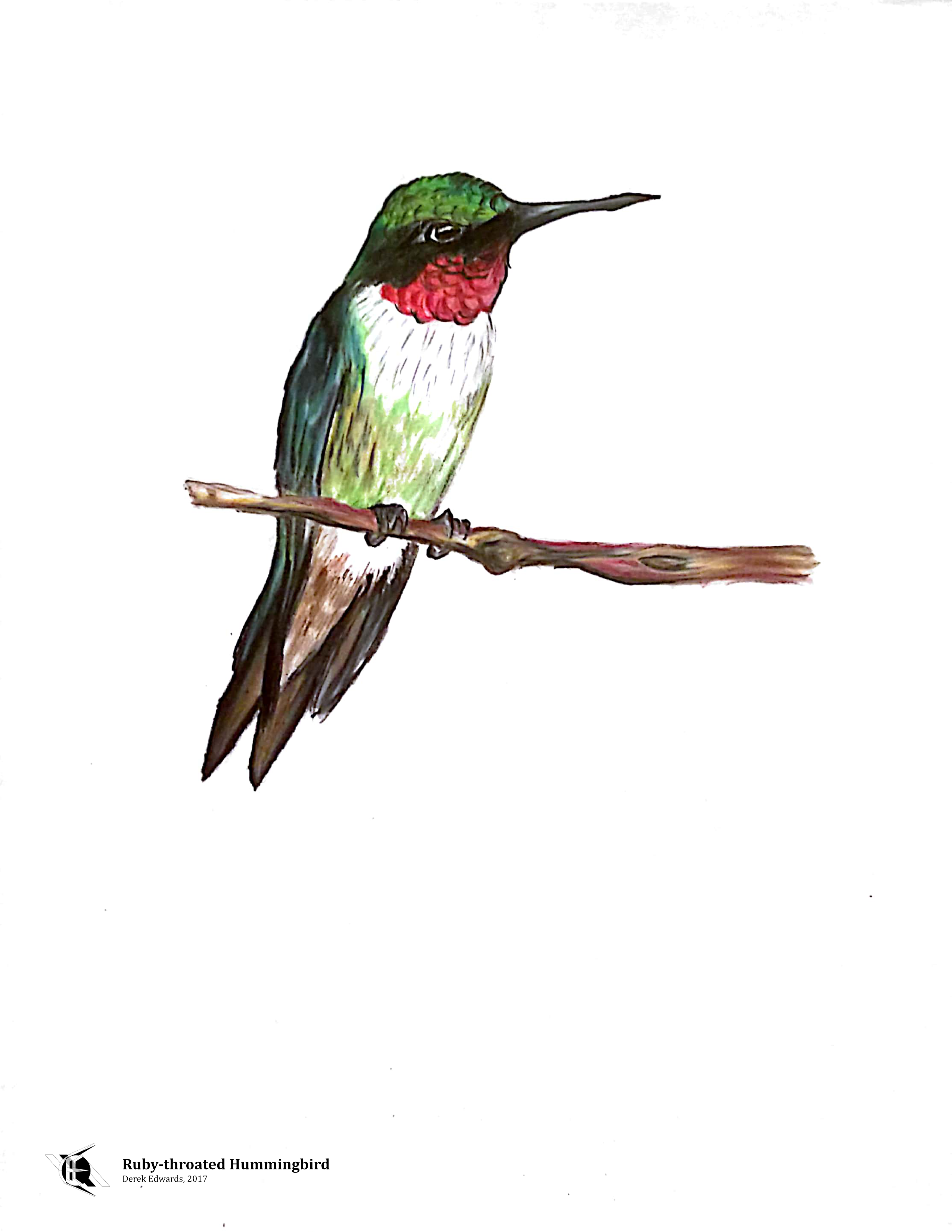
Running Commentary 7/11/2022
Hello,
The other day I took a walk back into the woods and found a pond where the only birds I saw were Canada geese. Later that same day, I was passing by a drainage pond next to a corporate campus’s parking lot and there was a hooded merganser diving around, right next to a busy road. Birding’s funny sometimes.
Anyway...
Reading...
Star Wars: Brotherhood

2022 is the Year of Obi-Wan over at LucasFilm. Not only did he get a TV show, he’s also had his own Marvel comic line and he’s the star of two novels out this year. (There’s apparently also a self-help book titled Be More Obi-Wan, which somehow wasn’t written by Stephen Kent.) The first of the two novels is Brotherhood by Mike Chen, which I just got done reading. Brotherhood is, as its cover suggests, a story about Obi-Wan and Anakin; specifically, it’s the story of “that business on Cato Neimoidia” that gets mentioned at the beginning of Revenge of the Sith. This sort of “expand a throw-away line into its own story” concept is nothing new to Star Wars, and it results in a pretty good book here. Brotherhood is set in the very early days of the Clone Wars, just after the First Battle of Geonosis. At the outset of the book, Anakin Skywalker has just been knighted, and his former master Obi-Wan Kenobi has been offered the first rotation filling the vacancy on the Jedi Council left by Coleman Trebor (the hadrosaur-headed Jedi killed when he charged Dooku’s box in the Geonosian arena.)
This book’s main purpose is to show how the master-and-apprentice pair shown in Episode II became the surrogate “brotherhood” shown in The Clone Wars and Episode III, and it pulls that off well. It’s also the best look we’ve gotten at the immediate aftermath of Geonosis. Cato Neimoidia and the Neimoidian people also get special attention that helps enrich the reader’s understanding of the Star Wars Galaxy. That said, this is very much supplementary material; someone new to Star Wars probably wouldn’t get much out of this book. An established Star Wars fan, especially a fan of Obi-Wan, would enjoy this book. 8/10

Bird of the Week
(This week I’m featuring another of my older pencil-and-paper drawings. My apologies for any issues with the scan.)
If you’re into birds the way I am, it’s easy to envy the other continents. They’re the ones with bee-eaters, and birds-of-paradise, and ostriches, and shelducks. Over here in the Western Hemisphere it can often seem like we just have slightly different versions of things like sparrows and vultures. But one thing we continental Americans can be proud of is that we have hummingbirds.
Hummingbirds are diminutive members of the order Apodidae, which means their closest relatives are the swifts. Like swifts, hummingbirds sport short legs and long, pointed wings. Also like swifts, they feed on small insects, caught on the wing. But unlike swifts - unlike any other birds - hummingbirds can hover. They can beat their wings dozens of times per second, tracing a figure-eight with the tips of their wings in order to generate lift on both the up and downstroke. This rapid flapping produces the droning sound that gives hummingbirds their name. All that flapping also takes a tremendous amount of energy, which hummingbirds get by drinking the nectar out of flowers; hummingbirds, which spread pollen between the flowers they visit, are important factors in the life cycle of many plants.
Hummingbirds are found throughout North and South America, but most of them are found in the tropical mountains of South and Central America. The one which ranges furthest from the core range, the only hummingbird commonly found east of the Mississippi River, is the Ruby-throated Hummingbird. Named for the breeding male’s crimson-gorgetted throat, the ruby-throated is by far the smallest bird in Michigan, a few inches long and with a mass averaging less than four grams. They feed on a wide range of small arthropods and an equally-wide range of flowers, though they show a preference for tube-shaped blooms and the color red. Red glass bottles filled with dilute syrups and fitted with blossom-shaped tubes are often hung in backyards and gardens to attract ruby-throated hummingbirds.
The naturalist Mark Catesby gave an account of the ruby-throated hummingbird, noting that it was the only hummingbird to be found in the Carolinas. Linnaeus drew from his account when he first described the bird as Trochilus colubris. The genus name came from an account by Aristotle of a small bird that would pick leeches out from the throat of crocodiles in the Nile; if such a bird existed, which is debatable, it was certainly not a hummingbird. The species name comes from the Spanish colibrí, which is the name for hummingbirds borrowed from a Caribbean language. Today, the ruby-throated hummingbird has been moved to the genus Archilochus, one of many hummingbird genera named by Ludwig Reichenbach after ancient artists, in this case a Greek poet known for his unconventional verse.

Curation Links
The 2022 Audubon Photography Awards: Winners and Honorable Mentions | Audubon
It’s July again, which means the winners for this year’s Audubon Photography Awards have been announced. Check out the best bird photos (and videos, this year) of the year.
The Power of Touch | Cynthia Gorney, National Geographic
Touch is the one of the main five senses we tend to think the least about, but it's arguably the one we'd miss the most. Today, scientists are studying the almost-unfathomably complex way we can feel haptic sensations, hoping to be able to replicate it in applications such as prothetics and tele-touching machines.
Consider the Roadkill | Katharine LaGrave, Outside
Let’s say you’re driving through a wooded area, early in the morning or late in the evening, and you hit and kill a deer. Can you just, y’know, keep it? Have it butchered and eat it? The answer, legally, varies by polity, and is a source of constant debate in many legislatures.
The Hundred-Faced Actor | Edogawa Ranpo, trans. Lin King, Asymptote
[FICTION] "It’s a very outrageous theory, though, isn’t it? But it’s not altogether impossible. This is what I think: that this head-stealing thief and the Hundred-Faced Actor we saw today are one and the same."
See the full archive of curations on Notion






Member Commentary